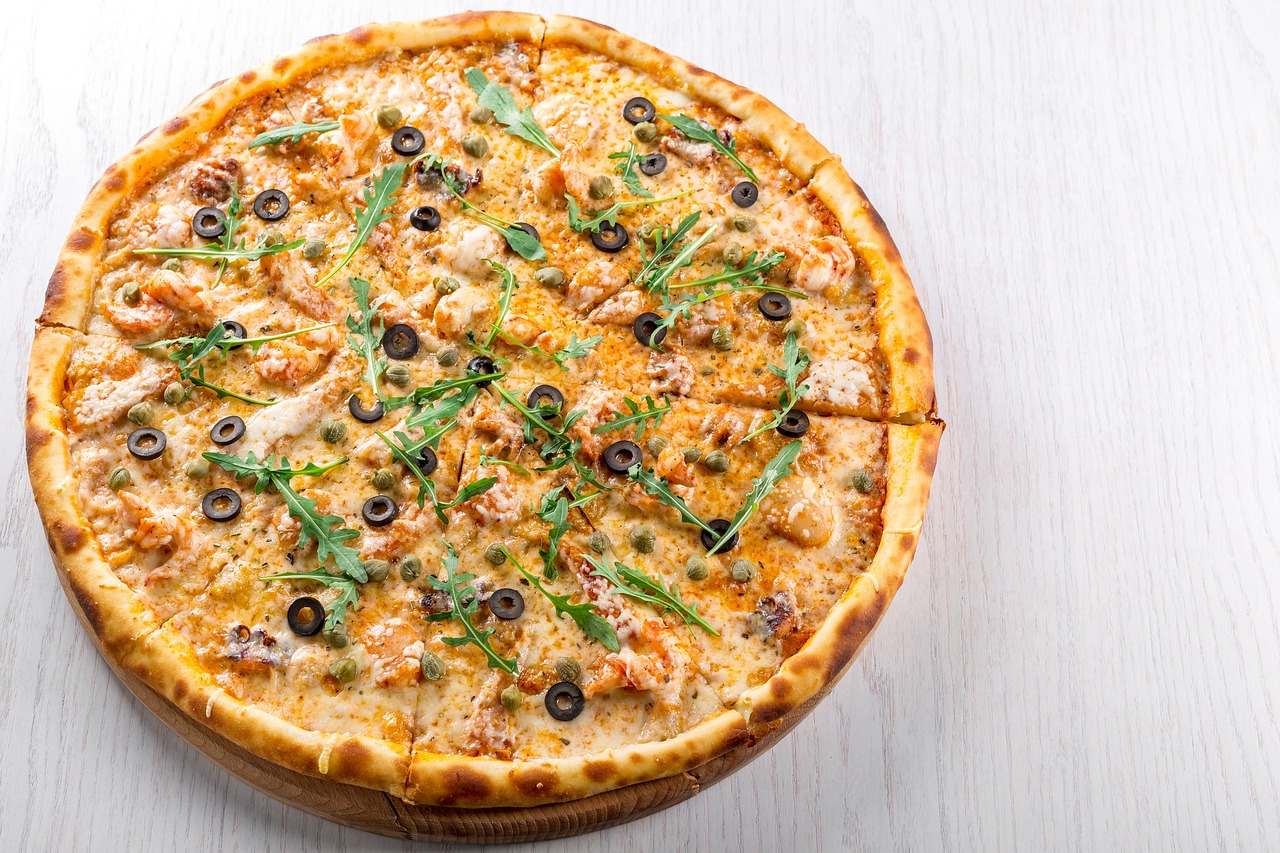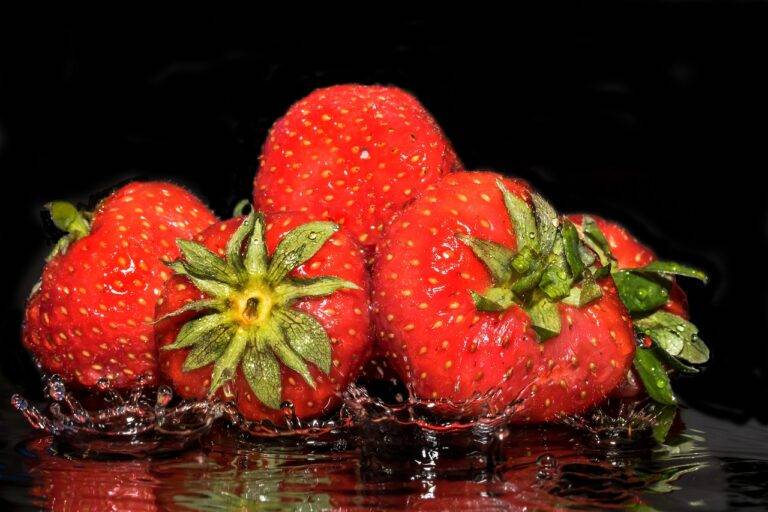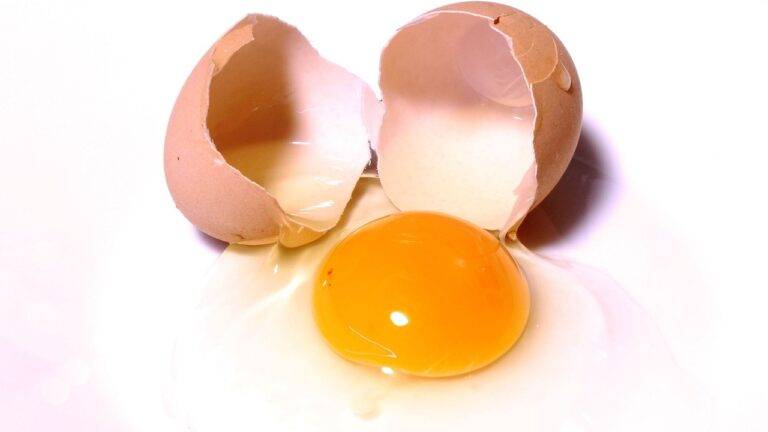The Science of Food Preservation: Traditional vs. Modern Techniques
Preserving food extends its shelf life, allowing individuals to enjoy fresh produce even when out of season. This practice helps reduce food waste and saves money by preventing spoilage. Additionally, food preservation techniques help retain the nutrients in food, ensuring that essential vitamins and minerals are not lost over time.
Furthermore, food preservation enhances food safety by inhibiting the growth of harmful bacteria and microorganisms. By preventing the spread of foodborne illnesses, preservation techniques contribute to maintaining good health and well-being. Through the art of preserving food, individuals can enjoy a variety of flavors and ingredients throughout the year, promoting a diverse and balanced diet.
Difference Between Traditional and Modern Techniques
Traditional food preservation techniques have been practiced for centuries, relying on time-tested methods such as drying, salting, pickling, and smoking. These techniques have been passed down through generations and are often based on natural processes that help extend the shelf life of food without the need for modern technology. Traditional methods typically involve simple and readily available resources, making them accessible to a wide range of people.
In contrast, modern food preservation techniques leverage advancements in technology and scientific knowledge to enhance food preservation methods. Techniques such as canning, freezing, vacuum sealing, and pasteurization are commonly used in the food industry today. These methods are often more efficient, precise, and can significantly prolong the shelf life of perishable foods compared to traditional techniques. Additionally, modern food preservation techniques often prioritize convenience and maintaining the nutritional quality of food products.
What are the benefits of food preservation?
Food preservation helps in extending the shelf life of food, retaining nutrients, preventing food spoilage, reducing food wastage, and providing convenience in meal preparation.
What is the difference between traditional and modern food preservation techniques?
Traditional food preservation techniques involve methods like drying, salting, smoking, or fermenting, which have been used for centuries. Modern techniques, on the other hand, include methods like freezing, canning, vacuum packaging, and irradiation, which are more efficient and technologically advanced.
Which food preservation technique is better, traditional or modern?
Both traditional and modern food preservation techniques have their own advantages and limitations. The choice of technique depends on factors like the type of food, desired shelf life, available resources, and personal preferences. Some may prefer the natural and traditional methods, while others may opt for the convenience and efficiency of modern techniques.





